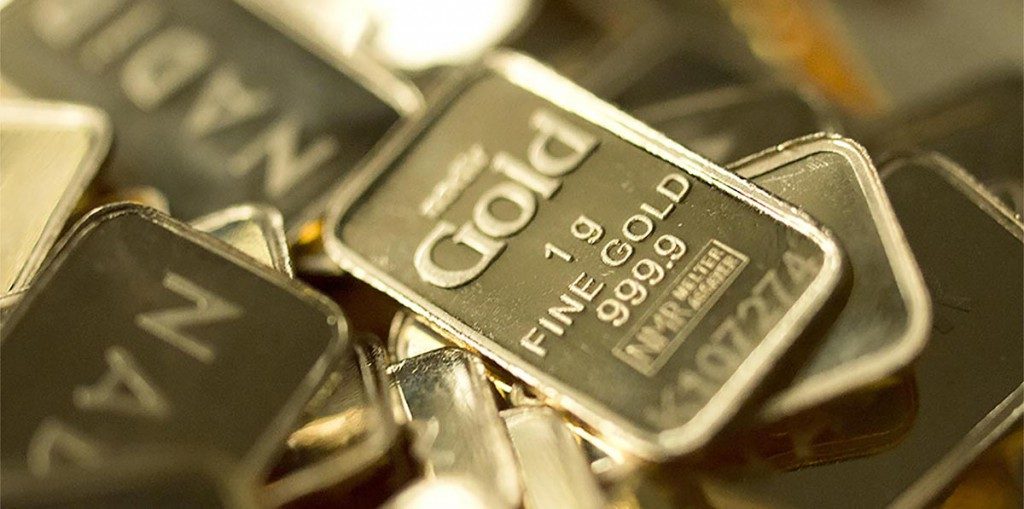
Gold is a topic that does not get tiring to talk about. The yellowish precious metal is among the hottest topics when it comes to discussing finance, and so is the gold industry. Also, companies like Karatbars are constantly evolving and changing market dynamics.
The gold industry is not only responsible for financial gold but for all sorts of gold products, including for beautification and adornment after the raw gold that is produced in the gold mines around the world is refined. Gold also has probably the richest history among all the precious metals.
Alongside silver, gold is the most popular among the precious metals. Perhaps, its history of being used as a currency is a reason for gold being so popular, although it can also be used to preserve wealth during times of economic uncertainties and collapse, which is definitely another factor.
Gold-focused companies such as Karatbars International, which is a global business that is focused on the sale of small gold items, have made it easier for gold to be distributed, acquired, and used by interested individuals and seasoned investors alike.
Karatbars is the leader in the market of small gold items (below 1 gram) and has achieved annual revenue of more than $100 million. It also maintains a highly successful affiliate marketing system with more than 850.000 affiliates in about 140 countries.
There are many terms associated with the gold industry that everyone involved in the gold industry is supposed to take note of. Getting familiar with these terms will help anyone involved with gold, especially traders, to make better decisions and prevent them from unnecessarily losing money in the market. One of those terms is “LBMA.”
What is LBMA?
LBMA is short for the “London Bullion Market Association.” This association plays a huge role in the gold bullion market and is more or less the difference between getting genuine gold from a trustworthy source and being deprived of money and left with nothing.
Only companies and bullion that meet a rigorous standard can claim to be “LBMA Certified” or “Good Delivery.”
The LBMA, as a trade association, is located in London and represents the bullion traded in that city. However, London is not just any city when it comes to trading bullion. This is one reason why the LBMA is such a big deal.
The association was created by the Bank of England in the late 1980s because, at the time, it was tasked with regulating the bullion market, and it has set the standard for gold bullion ever since. It is responsible for setting refining and purity standards, facilitating trades with the biggest suppliers, and, by default, responsible for setting the value of gold.
The LBMA Good Delivery List
The LBMA Good Delivery List was created by the LBMA in order to regulate and define the standard for gold and silver bullion that is sold in the industry. To have a product or company listed on the LBMA Good Delivery List, a refiner must meet the list of strict criteria that have been outlined by the LBMA.
A place on the Good Delivery List for bullion refineries is a major booster as they will gain an acknowledgment of trust, security, and quality, which is all that they need to get a deserved recognition that will help them mark an increase in sales. The list also helps customers determine if a particular refinery and product can be trusted.
The LBMA specifications
So, what are the specified criteria one needs to fulfill to be listed on the Good Delivery List and be on par with the biggest names in the bullion market? The standards that need to be met are:
For gold:
- Dimensions: The gold must be of a specific length and width and must also have an undercut that is between 5 and 25 degrees.
- Purity: Gold on the Good Delivery List must have a minimum fineness of .995 or 99.5%
- Marks: For gold to be listed on the Good Delivery List, it must be marked with a serial number, the refiner’s hallmark, and a year of manufacture. In addition, it must have a stamp that indicates the fineness.
For silver:
- Dimensions: For a silver bar to be on the list, all of its undercuts must be between 5 and 15 degrees. Also, there are specific requirements for the length, width, and height of the bar.
- Purity: A minimum fineness of .999 is required from all silver that is listed on the Good Delivery List.
- Marks: For a silver bar to be listed on the Good Delivery List, it must include the year that it was created, a serial number, and a refiner’s hallmark. In addition, it must have a mark of fineness.
In conclusion, the LBMA is responsible for ensuring that quality gold and silver products are what circulate the bullion market. This ensures that both the reputation of respected companies and the interests of customers are protected.
